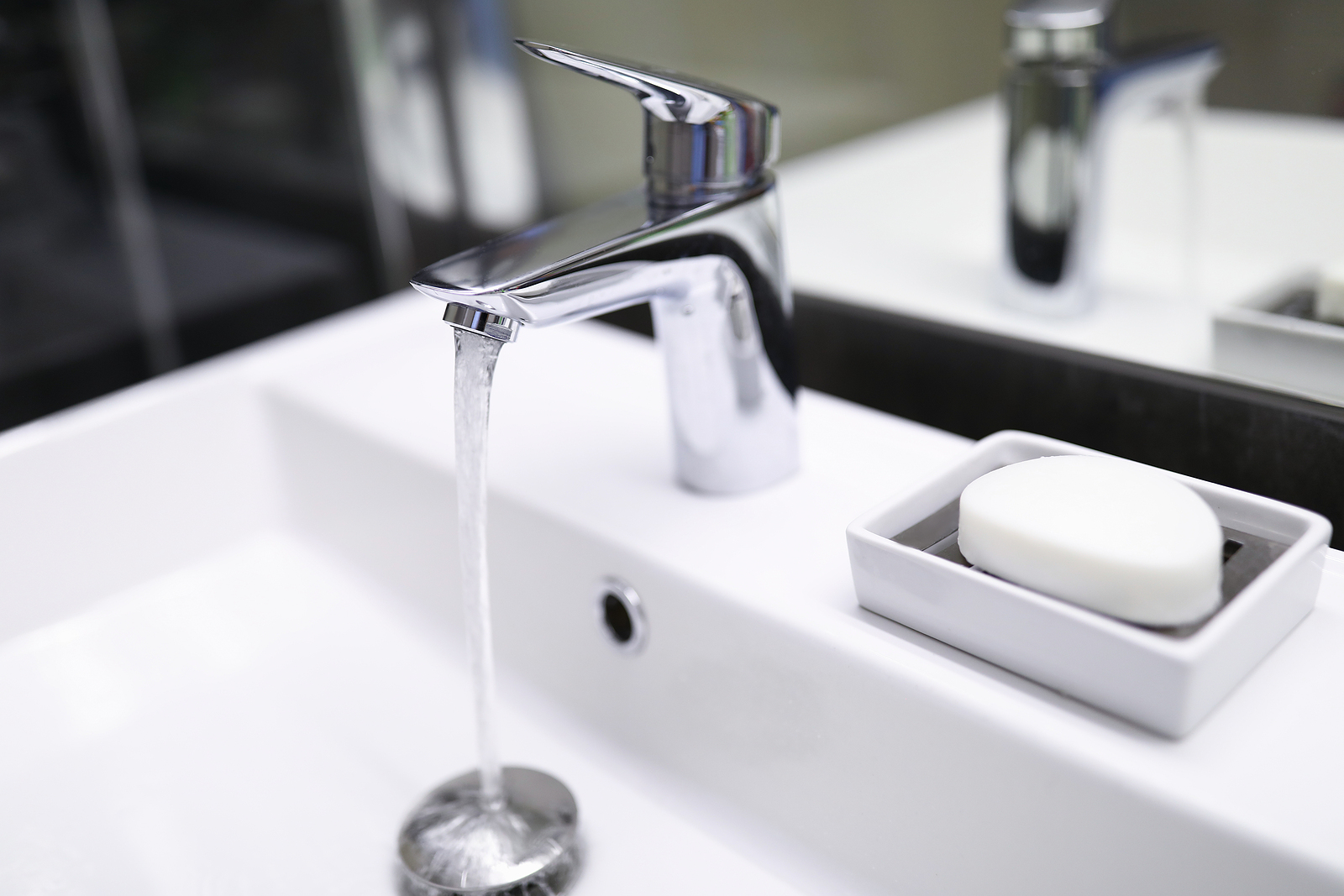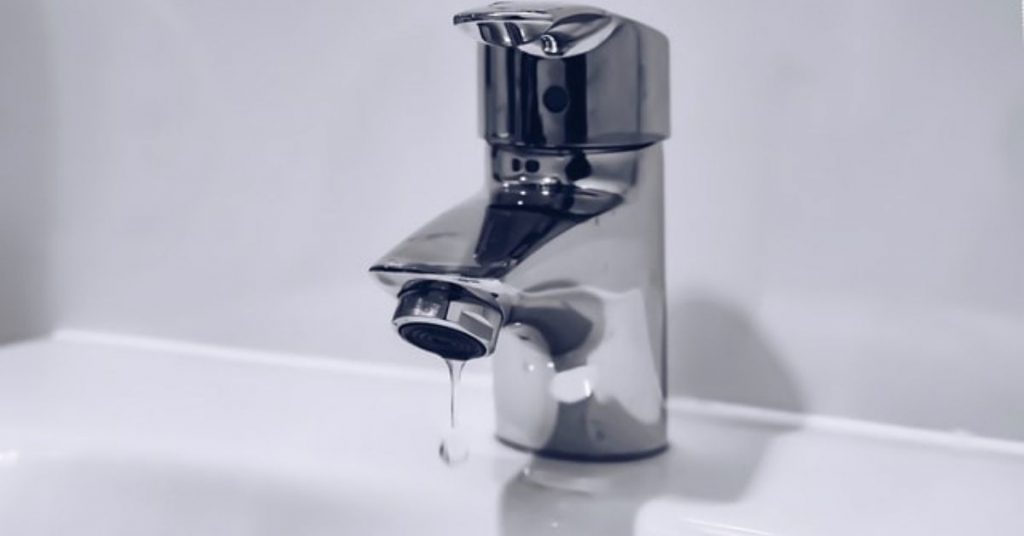Low Water Pressure in One Bathroom Sink: Causes and Solutions
Are you experiencing low water pressure in just one bathroom sink? If so, you're not alone. This is a common issue that many homeowners face, and it can be frustrating to deal with. However, there are a few potential causes and solutions to this problem that can help you fix the issue and restore your water pressure. Let's take a look at some of the possible reasons for low water pressure in one bathroom sink and how you can fix it.
How to Fix Low Water Pressure in One Bathroom Sink
The first step in fixing low water pressure in one bathroom sink is to identify the cause. There could be a few different reasons for this issue, and the solution will depend on what is causing it. Here are some common causes of low water pressure in one bathroom sink and how to fix them.
Troubleshooting Low Water Pressure in One Bathroom Sink
If you're experiencing low water pressure in just one bathroom sink, the first thing you should do is check to see if the issue is isolated to that one sink or if it affects all of the sinks in your home. If the problem is isolated to one sink, then there is likely an issue with that specific fixture. If all of the sinks in your home have low water pressure, then there could be a larger issue with your plumbing system.
Common Reasons for Low Water Pressure in One Bathroom Sink
One of the most common reasons for low water pressure in one bathroom sink is a clogged aerator. The aerator is the small piece at the end of the faucet that helps regulate the flow of water. If it becomes clogged with mineral deposits or debris, it can restrict the flow of water and cause low water pressure. To fix this, you can remove the aerator and clean it with a mixture of vinegar and water.
Another possible cause of low water pressure in one bathroom sink is a faulty shut-off valve. The shut-off valve controls the flow of water to your sink, and if it is not fully open, it can restrict the water flow and cause low water pressure. You can check the shut-off valve and make sure it is fully open to see if that solves the issue.
How to Increase Water Pressure in One Bathroom Sink
If the low water pressure in one bathroom sink is not caused by a clogged aerator or faulty shut-off valve, there are a few other potential solutions you can try. One option is to install a water pressure booster. This device can help increase the water pressure in your sink and other fixtures in your home.
Another option is to check your home's main water valve. If it is not fully open, it can cause low water pressure. You can also try adjusting the pressure regulator, which controls the overall water pressure in your home.
DIY Fixes for Low Water Pressure in One Bathroom Sink
If you're comfortable doing some DIY work, there are a few fixes you can try to increase the water pressure in your bathroom sink. One option is to clean the pipes using a pipe-cleaning solution. Over time, mineral deposits and debris can build up in your pipes and restrict the flow of water. By cleaning them, you can help improve water pressure.
You can also try replacing the faucet cartridge or the entire faucet if it seems to be the root of the issue. This may require some basic plumbing knowledge, so make sure you feel comfortable before attempting this fix.
Professional Solutions for Low Water Pressure in One Bathroom Sink
If you've tried all of the DIY solutions and are still experiencing low water pressure in one bathroom sink, it's time to call in a professional plumber. They can inspect your plumbing system and determine the root cause of the issue. They may need to replace pipes, install a water pressure regulator, or address any other underlying issues that may be causing the low water pressure.
Preventing Low Water Pressure in One Bathroom Sink
To prevent low water pressure in one bathroom sink in the future, there are a few things you can do. Regularly clean your faucet aerator and pipes to prevent mineral buildup. Make sure to check and adjust your home's main water valve and pressure regulator as needed. It's also a good idea to have a professional plumber inspect your plumbing system once a year to catch any potential issues before they become major problems.
Signs of a Larger Plumbing Issue Causing Low Water Pressure in One Bathroom Sink
If you're experiencing low water pressure in one bathroom sink, it could be a sign of a larger plumbing issue. Some signs to watch out for include discolored water, strange noises coming from your pipes, and low water pressure in other fixtures in your home. If you notice any of these signs, it's best to call a plumber to inspect your plumbing system and address any potential issues.
When to Call a Plumber for Low Water Pressure in One Bathroom Sink
If you've tried all of the DIY solutions and are still experiencing low water pressure in one bathroom sink, it's time to call a professional plumber. They have the knowledge and tools to properly diagnose and fix the issue, ensuring that your sink has proper water pressure. It's always best to address these issues sooner rather than later to prevent any potential damage to your plumbing system.
In conclusion, low water pressure in one bathroom sink can be a frustrating issue to deal with, but there are several potential causes and solutions. By troubleshooting and trying some DIY fixes, you may be able to solve the issue on your own. However, if the problem persists, don't hesitate to call a professional plumber to help you out and prevent any further issues in the future.
How to Troubleshoot Low Water Pressure in One Bathroom Sink

Identify the Problem:
 No water pressure in one bathroom sink
can be a frustrating and inconvenient issue to deal with. However, before attempting to fix the problem, it's important to identify the root cause. The first step is to determine if the issue is isolated to just one bathroom sink or if it affects all the faucets in your house. If the low water pressure is limited to one sink, it's likely that there is a blockage or clog in the individual faucet. If the issue is widespread throughout the house, it could be a problem with the main water supply line.
No water pressure in one bathroom sink
can be a frustrating and inconvenient issue to deal with. However, before attempting to fix the problem, it's important to identify the root cause. The first step is to determine if the issue is isolated to just one bathroom sink or if it affects all the faucets in your house. If the low water pressure is limited to one sink, it's likely that there is a blockage or clog in the individual faucet. If the issue is widespread throughout the house, it could be a problem with the main water supply line.
Check the Aerator:
 One common cause of low water pressure in a bathroom sink is a clogged aerator. The aerator is a small mesh screen located at the end of the faucet. Over time, mineral deposits and debris can build up and clog the aerator, resulting in reduced water flow. To check if this is the problem, unscrew the aerator from the faucet and clean it by soaking it in a mixture of equal parts water and vinegar. If the aerator is severely clogged, it may need to be replaced.
One common cause of low water pressure in a bathroom sink is a clogged aerator. The aerator is a small mesh screen located at the end of the faucet. Over time, mineral deposits and debris can build up and clog the aerator, resulting in reduced water flow. To check if this is the problem, unscrew the aerator from the faucet and clean it by soaking it in a mixture of equal parts water and vinegar. If the aerator is severely clogged, it may need to be replaced.
Inspect the Water Supply Valves:
 Another possible cause of low water pressure in one bathroom sink is a partially closed or malfunctioning water supply valve. These valves, located under the sink, control the flow of water to the faucet. Make sure that the valve is fully open and functioning properly. If the valve is damaged or stuck, it may need to be replaced.
Another possible cause of low water pressure in one bathroom sink is a partially closed or malfunctioning water supply valve. These valves, located under the sink, control the flow of water to the faucet. Make sure that the valve is fully open and functioning properly. If the valve is damaged or stuck, it may need to be replaced.
Check for Leaks:
 Leaks in the plumbing can also cause low water pressure in a bathroom sink. Check for any visible leaks under the sink, as well as any damp spots or puddles. If you notice any leaks, they will need to be repaired to restore proper water pressure.
Leaks in the plumbing can also cause low water pressure in a bathroom sink. Check for any visible leaks under the sink, as well as any damp spots or puddles. If you notice any leaks, they will need to be repaired to restore proper water pressure.
Consider the Age of Your Plumbing System:
 If your house is older, it's possible that the pipes and plumbing system may be outdated and in need of replacement. Older pipes can become corroded, leading to reduced water flow. If this is the case, it's best to consult a professional plumber for a thorough inspection and to discuss possible solutions.
If your house is older, it's possible that the pipes and plumbing system may be outdated and in need of replacement. Older pipes can become corroded, leading to reduced water flow. If this is the case, it's best to consult a professional plumber for a thorough inspection and to discuss possible solutions.
Conclusion:
 Dealing with low water pressure in one bathroom sink can be a frustrating issue, but with these troubleshooting tips, you can hopefully identify and fix the problem quickly. If you are unable to resolve the issue on your own, it's always best to consult a professional plumber for assistance. By addressing the problem promptly, you can ensure that your bathroom sink has proper water pressure for all your daily needs.
Dealing with low water pressure in one bathroom sink can be a frustrating issue, but with these troubleshooting tips, you can hopefully identify and fix the problem quickly. If you are unable to resolve the issue on your own, it's always best to consult a professional plumber for assistance. By addressing the problem promptly, you can ensure that your bathroom sink has proper water pressure for all your daily needs.







_.jpg)









:max_bytes(150000):strip_icc()/increase-low-shower-pressure-4052359_FINAL_01-6ece340f72f74bf9ae59e4192b03c0bc.png)




















/increase-low-shower-pressure-4052359_FINAL_01-6ece340f72f74bf9ae59e4192b03c0bc.png)




































